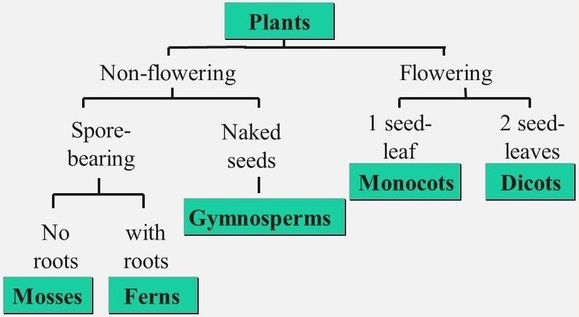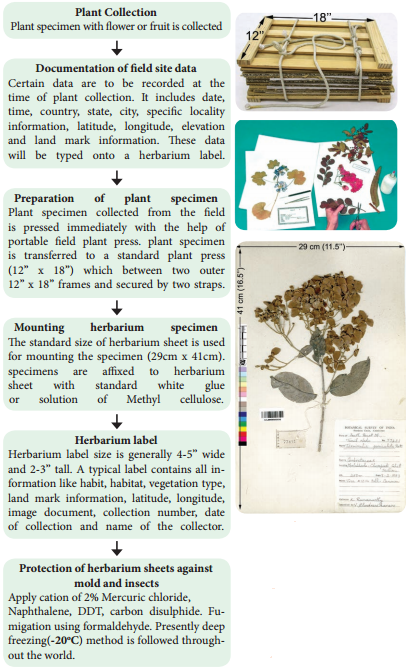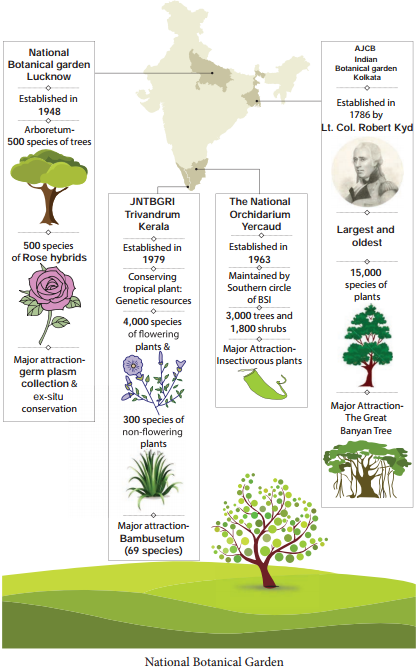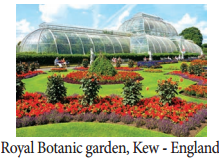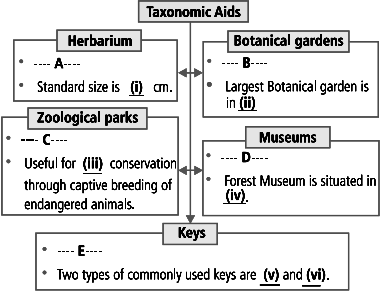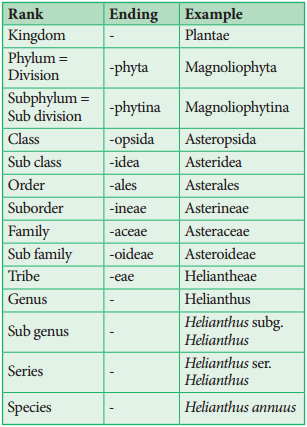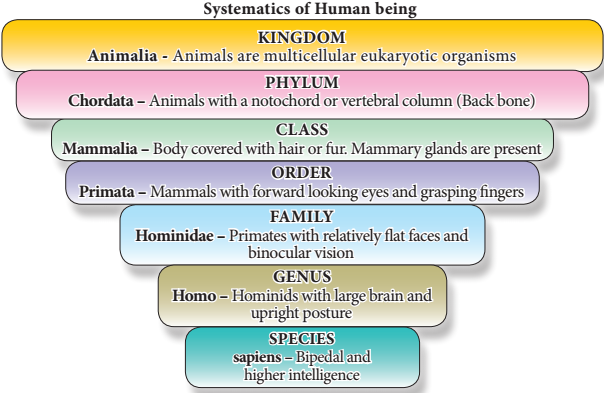Learninsta presents the core concepts of Biology with high-quality research papers and topical review articles.
Classification of Plants
Imagine walking into a library and looking for a Harry Potter story book. As you walk into the library you notice that it is under renovation and all the books are scattered. Will it not be hard to find the exact book you are looking for? It might take hours. So you decide to come the next day when all the books are arranged according to the genres. One rack for adventure, another for Detective, Fantasy, Horror, Encyclopaedia and so on.
You automatically know Harry Potter is in the fantasy section and it takes less than ten minutes for you to find it. That is because the books have been classified and arranged according to a system. Similarly there is a vast assemblage of group of plants in the world. Is it possible to study and understand all of these? No Since it is difficult to study all these plants together, it is necessary to device some means to make this possible.
Classification is essential to biology because there is a vast diversity of organisms to sort out and compare. Unless they are organized into manageable categories it will be difficult for identification. Biological classifications are the inventions of biologists based upon the best evidence available. The scientific basis for cataloguing and retrieving information about the tremendous diversity of flora is known as classification.
Classification paves way for the arrangement of organisms into groups on the basis of their similarities, dissimilarities and relationships. The purpose of classification is to provide a systematic arrangement expressing the relationship between the organisms. Taxonomists have assigned a method of classifying organisms which are called ranks.
These taxonomical ranks are hierarchical. The scheme of classification has to be flexible, allowing newly discovered living organisms to be added where they fit best. While there are many ways to structure plant classification, one way is to group them into vascular and non-vascular plants, seed bearing and spore bearing, and angiosperms and gymnosperms. Plants can also be classified as grasses, herbaceous plants,
woody shrubs, and trees.
Classification is based on the following criteria: Plant body: Presence or absence of a well-differentiated plant body. E.g. Root, Stem and Leaves. Vascular system: Presence or absence of a vascular system for the transportation of water and other substances.
Within the plant kingdom, plants are divided into two main groups. These are flowering plants (angiosperms) and conifers, Ginkgos, and cycads (gymnosperms). The other group contains the seedless plants that reproduce by spores. It includes mosses, liverworts, horsetails, and ferns.
The major plant groups include bryophytes (mosses), pteridophytes (ferns), gymnosperms (conifers), and angiosperms (flowering, seed-bearing plants). Mosses are short plants and their leaves are usually only one cell thick. Ferns have many leaves branching out from their fronds.
Natural system of classification is that in which all natural characters of plants both vegetative and reproductive are taken in to consideration as the basic of classification principally the plants are grouped according to their related characters.
What are different types of flowers? They can be classified in many different ways: Based on presence or absence of seeds, Based on whether the plants produce flowers or not, Based on the presence of stems, leaves, and roots.
